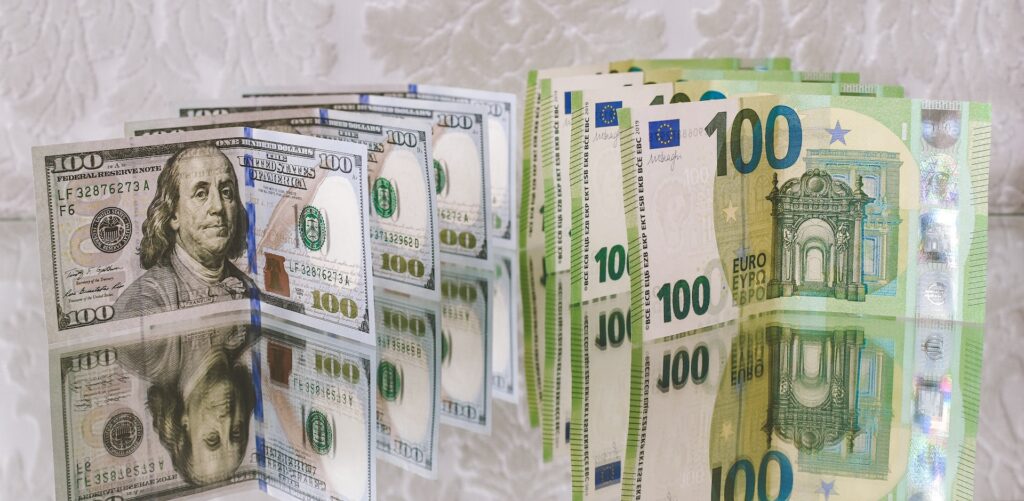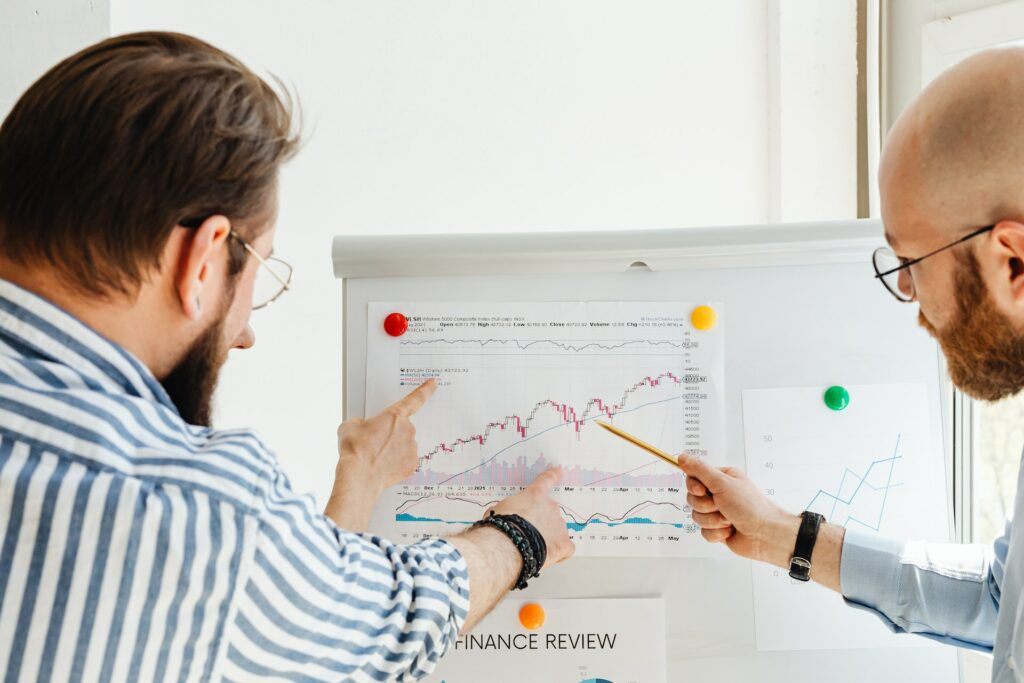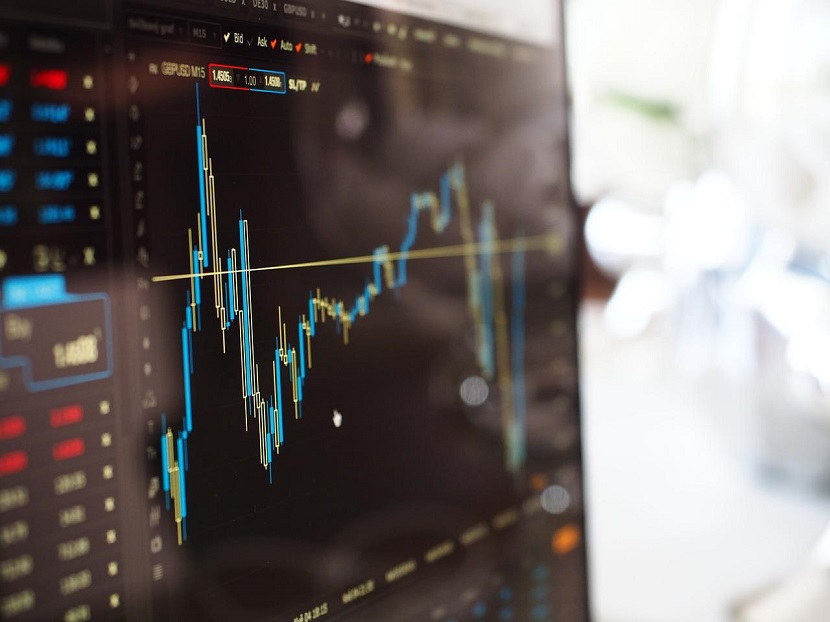Active vs passive investing? Conventional financial wisdom says that active managers with flexible mandates are better able to deal with market volatility than their passive peers with strict rules. These managers use research and analysis of the market, financial forecasting, and their own knowledge to get the best possible returns for a fund. They can also deal well with risk by using strategies called “hedging.”
But even though their goal is to beat markets like the S&P 500 or the Nasdaq 100, this strategy doesn’t guarantee returns that are better than benchmarks.
A new report shows that between June 2021 and June 2022, only 40% of the almost 3,000 active funds in the U.S. made more money than the average passive fund.

Active bond managers did even worse
Even though results varied widely across asset classes and categories, the Chicago-based financial firm Morningstar found that 60% of US active funds did not survive or do better than average passive funds over the 12 months ending in June 2022.
Morningstar says that most active fund managers didn’t take advantage of volatility as a whole. Their success rate against average passive funds went from 47% at the middle of 2021 to 40% at the middle of 2022. The report also shows that U.S. active managers picked better stocks (45%) at the middle of 2022 than they did at the middle of 2021 (43%). But the success rate of managers of foreign stock funds dropped from 37% at the middle of 2021 to only 23% at the middle of 2022.
On the other hand, active bond managers had an even worse year: Only 29% of passive funds beat out their average peers.
The report shows that bond managers did better with high-yield bonds (32%) than with corporate bonds (22%). But investors should know that the success rate for corporate bonds has dropped by 47.4% since the middle of 2021, and the success rate for high-yield bonds has dropped by 41.4% over the same time period.
If you don’t know what is good, ask for what is expensive? Well, not always…
But one year is not enough time to be able to draw any conclusions who’s the winner in active vs passive investing approaches. The success rates of active funds can change a lot from year to year, depending on what’s going on in the markets and how that affects the biases in their portfolios and the passive funds we use to compare them to.
For instance, many actively managed bond funds tend to take on more credit risk than their index-based counterparts. When this risk pays off, their success rates tend to go up, but when credit spreads get wider, like they did this year, their success rates go down.
Longer time frames give investors stronger signals that they can use to make decisions. In general, actively managed funds have not been able to outperform their benchmarks, especially over longer periods of time. During the 10 years ending in June 2022, only one out of every four active funds beat the average of their passive rivals.
But the rate of success in each category is different. Most of the time, bond, real estate, and foreign stock funds did better in the long run. Investors can use this information to find parts of the market where their chances of picking winning active funds are higher.
One key finding for investors: Fees matter. Morningstar says that if you look at a 10-year period that ends in June 2022, the least expensive funds do better than the most expensive ones 32% to 19% of the time. If you don’t know what is good, ask for what is expensive? Well, not always…

The long-term success rates of active funds are low
Just looking at success rates doesn’t tell the whole story. The potential payoff for picking a winning fund and the penalty for picking a loser make up the other half. This information is shown as plots in Morningstar’s Active/Passive Barometer. The plots show how the 10-year excess returns of surviving active funds compare to the average of their passive peers.
Like success rates, these distributions are very different from one category to the next. The distributions tend to be negative for U.S. large-cap funds. This is bad news for active funds in these categories because their long-term success rates are low and the costs of picking a loser are high (because the distribution is negatively skewed) compared to the benefits of picking a winner.
The opposite is usually true for some of the fixed-income and foreign-stock categories we looked at, where long-term success rates have been higher and excess returns for active managers who are still in business have been mostly positive over the past ten years.
It is the same in Europe
Almost everything is the same in Europe as it is in the U.S. regarding active vs passive investing funds. Morningstar looked at 30,000 active and passive Europe-based funds with a total of €7 trillion in assets. They found that 35% of active funds in 43 equity categories made it through the time period and did better than their passive counterparts.
In the first half of 2022, the financial markets had to deal with a lot of problems. After Russia invaded Ukraine, tensions on the energy markets grew, which made inflation go up. Both stock markets and bond markets have seen big drops.
Morningstar found that only seven categories of stocks had an active manager success rate of more than 50%. In 23 different categories, the average success rate for active fixed-income managers was a bit higher, at 40%. Seven groups had a success rate of more than 50% after one year.
Overall, the long-term success rates for active managers stayed low. Over the past ten years, the average success rate for active equity managers was 24%, and the average success rate for active fixed-income managers was 21%.
From June 2002 to June 2022, the success rate for active managers was less than 25% in more than half of the 72 broad asset classes that were looked at.
Active managers did better than 50% of the time in just three categories: global equity income, UK equity income, and Swiss property.
According to Morningstar, survival rates are linked to chances of success, and passive funds are more likely to last over time than active funds.
Bottom line: active or passive?
Investors must think about their risk tolerance, how much time they have, and their investment goals when thinking about both active and passive investments. Long-term investors, for example, might prefer to hold passive funds for a long time so they can take advantage of steady market gains. But for people who care more about performance, active funds could be a good way to invest.
Active fund managers can manage risk and buy or sell assets when the market is volatile by using hedging strategies. But the Morningstar report shows that active funds don’t always give better returns than the benchmark. And passive investments could give you what you don’t pay for.
There is no doubt that both investments are risky. So, before you invest, make sure to weigh the pros and cons based on how your money is doing. And think about getting a financial advisor to help you figure out what will work best for you.



